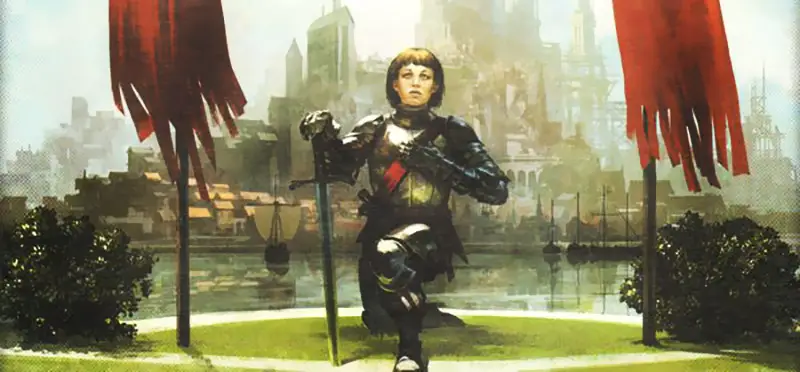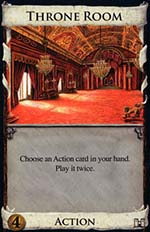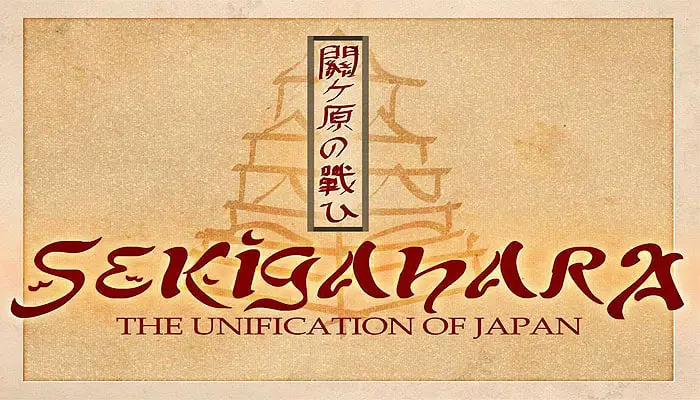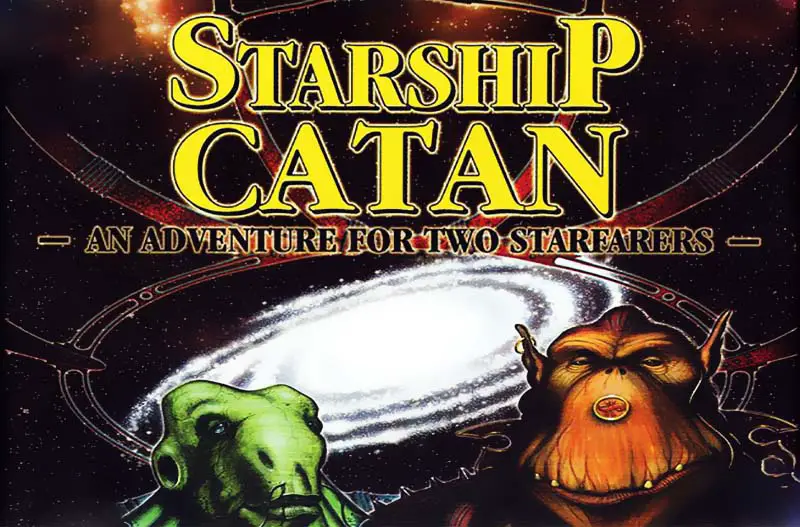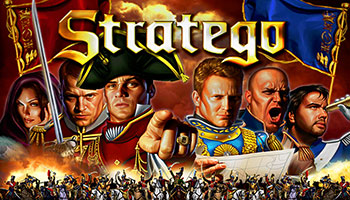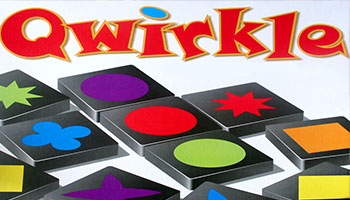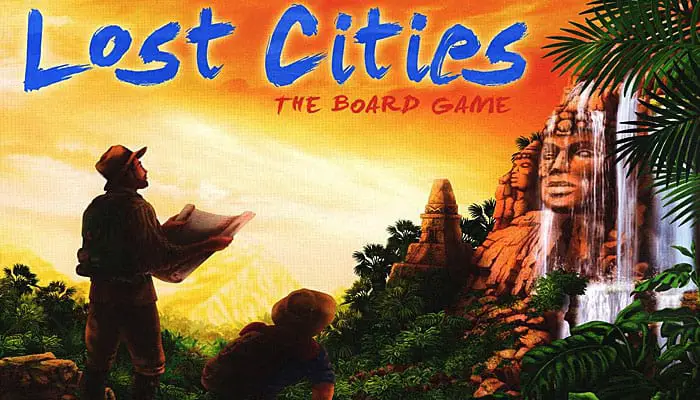

Game Components
- 1 Game board
- 60 Playing cards (45 Expedition cards and 15 Wager cards)
Setup
Place the game board between the two players. It depicts five spaces for discard piles.
Shuffle the 60 playing cards and give eight cards face down to each player. Organize the remaining cards into a draw pile and place them face down beside the game board.
If you play more than one game, have a pen and paper ready to record the ongoing scores.

Object of the Game
Both players' goal is to form expedition routes that - after subtracting the expedition costs - earn them as many discovery points as possible. You set up the expeditions by forming a separate column of cards for each color. The numeric values within a column of cards must increase from card to card. …




 and
and  .
.

 in the first turn is worth anywhere from $15-$18 by the end of the game!
in the first turn is worth anywhere from $15-$18 by the end of the game! and Reputation
and Reputation  infrastructure of tiles.
infrastructure of tiles.
